The air filter is a typical wear part in the car requiring periodical replacement. You can leave installation to a garage, though this is not necessary. After all, this task can be effortlessly performed by any layman. Even if you have little or no knowledge of cars: simply follow our manual and you can’t go wrong.
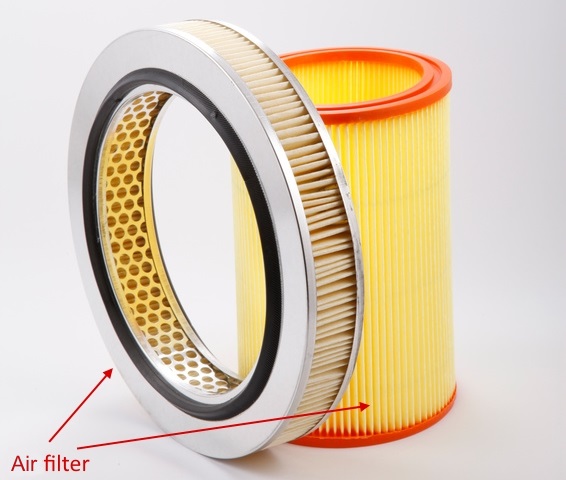
What is the benefit of replacing an air filter?
The air filter is the so-called “lung” of the car. The engine needs air to be able to function. Air is full of dirt and dust particles which can damage the engine if the air supply isn’t filtered. The air filter ensures that only clean air enters the engine. Over time, the fine pores clog and the filter no longer allows air to flow through. Gradually, the fuel-air mix becomes too “rich”, causing the engine performance to dwindle. Particularly the acceleration is reduced. Furthermore, the air filter stands on the check list of MOT inspection and might prevent the car from getting a certificate.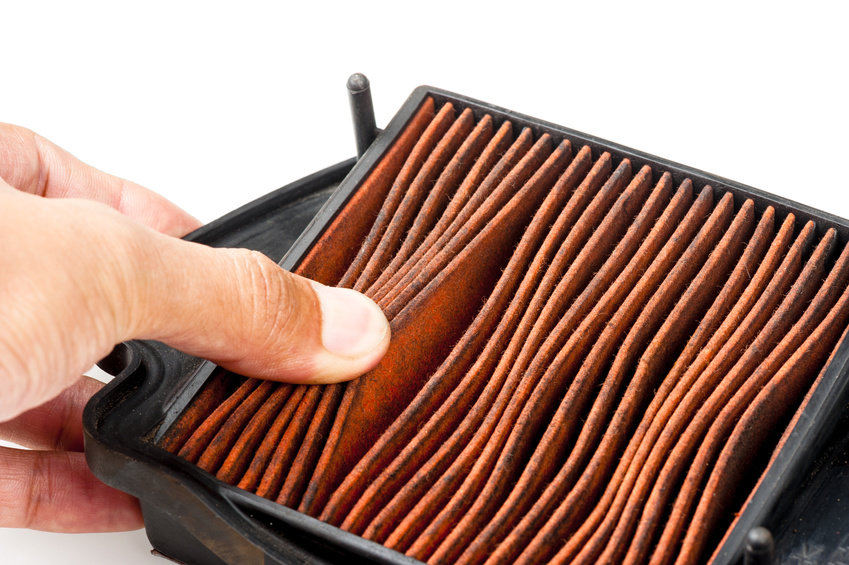
The new air filter – which is the right one?
The right size of the new air filter can be found in the car manual. Very often there’s no need for checking it, as many suppliers can find the right product with the key number. The following products are available: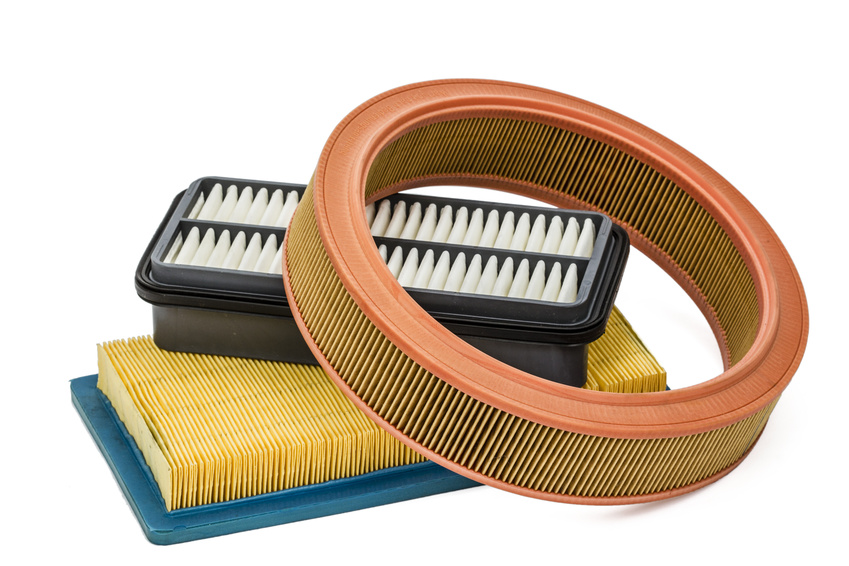
| – The paper air filter is the cheapest version. Not unlike a coffee filter it performs tolerably as long as it is new. Its main disadvantage is its life span. After 15.000 km of use it is usually the end. Some car owners want to benefit from the attractive prices, though actually these filters are rather meant as an emergency solution. |
| – The most common solution, preferred by car manufacturers, is the cotton or foam filter. Its price is moderate and it offers a reasonable life span of around 30.000 kilometres. During the warranty period of the car it is absolutely necessary to choose this filter as it is stipulated by most manufacturers. Unfortunately, the quality of filter performance greatly differs and therefore it is better not to rely on the cheaper version. There are also mixed versions. In recent years they have become more common. |
| – Many drivers rely on the oil-bath air filter. This version can be cleaned repeatedly and afterwards be supplied with new oil. As a result it reaches a 60.000 kilometre life span although it is accordingly expensive. Its material is almost exclusively foam rubber. Rumour has it, these air filters can damage the air mass sensor of diesel cars. This is however only the case if the product’s construction is faulty or if it has been oiled wrong way. |
| – The sports air filter is an exception. Traditionally, is it is screwed onto the air inlet without housing, increasing its performance as well as the sound. MOT therefore demands its removal. For daily use, this filter does not bring anything. |
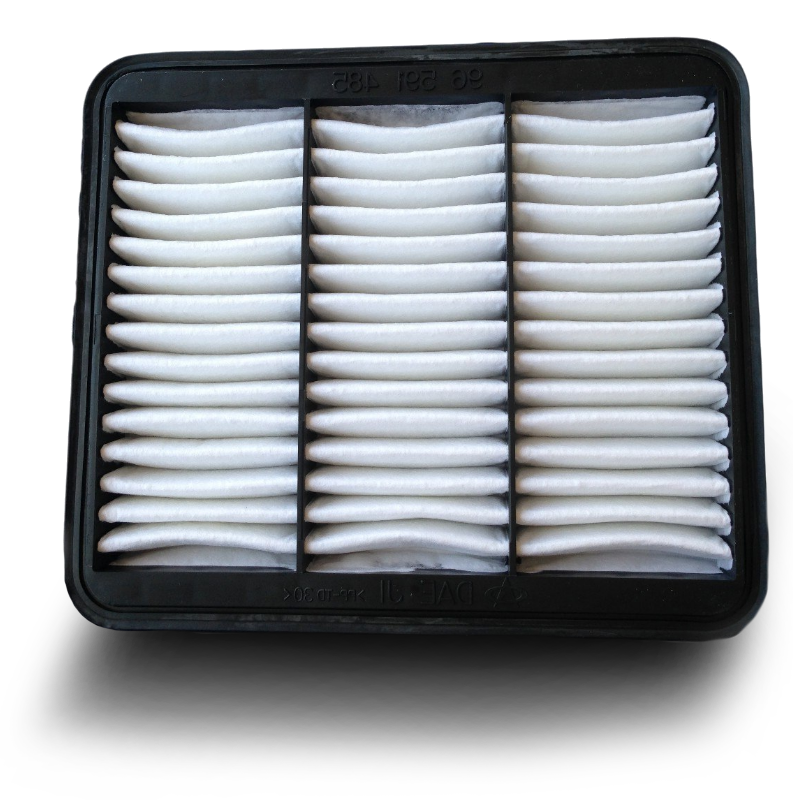
Air Filter • Top qualityup from £3,70Go to shop ⇒ |
Step by step: replacing the air filter DIY
You need:
The car manual, a screwdriver, eventually a combination spanner, a cloth, the new air filter.
| Step 0: Open the bonnet (don’t forget to fix it!) and locate the air-filter box. It is obviously placed, clearly showing “Air Filter” or some clarifying symbol on it. If you can’t find it, please consult the car manual, which also describes how to open the box. |
| Step 1: If yours is a diesel car, first unplug the air-mass sensor which is directly connected to the air-filter box. |
| Step 2: Now, depending on car model, you first need to remove the intake hose. Press the hose clamp with the combination spanner right at the spring and shove it several centimetres backwards. The pressure on the hose connection is released and the hose can be moved aside. |
| Step 3: Open the air-filter box. It is often secured with two or four clamps, which can be levered out with a screwdriver. Under them there might be additional bolts or nuts. If this is the case, they need to be removed with the screwdriver or spanner. |
| Step 4: Remove the old air filter. It can be thrown into the regular household rubbish. If the air-filter box is dirty, clean it with the cloth. Now apply the new air filter. You can’t go wrong. It fits only one way. |
| Step 5: First, the nuts or bolts must be applied again. Then the air-filter box can be secured with the clamps. |
| Step 6: Put the intake hose into the opening, take the spring with the spanner and shove the hose clamp forward up to a few millimetres distance. Release it and test by hand if the hose clamp is fixed. |
| Step 7: In a diesel car, you can now plug the air-mass sensor it its socket again. |
| Step 8: Sit in the car with the bonnet open and start the car. Step on the gas repeatedly and listen to the sound. Get out of the car and check if the car is idling smoothly. If everything is normal, the replacement was a success. You can now close the bonnet. |

 Please note: The installation of a sports air filter is considerably more complicated and requires the removal of the air-filter box. Depending on the car in question, other particularities might occur, which we cannot address here. We advise against laymen attempting to perform this installation by themselves. It could eventually lead to performance impairment. If this applies to you, please consult a garage or reliable sources in the internet such as the AA or MOT.
Please note: The installation of a sports air filter is considerably more complicated and requires the removal of the air-filter box. Depending on the car in question, other particularities might occur, which we cannot address here. We advise against laymen attempting to perform this installation by themselves. It could eventually lead to performance impairment. If this applies to you, please consult a garage or reliable sources in the internet such as the AA or MOT.
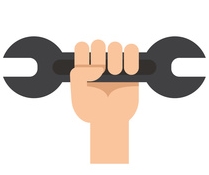 Common mistakes and how to avoid them
Common mistakes and how to avoid them
Although air filter replacement is relatively simple and can be carried out by laymen, this task has several pitfalls and errors can always occur.
If you should encounter problems after replacement, please read the following tips:
1. Fluctuating engine performance – If you notice a fluctuating engine performance in your diesel car, this is often due to the air-mass sensor plug not being properly attached to its socket. Wiggling it or firmly re-inserting it should correct this error.
2. Rattling noise during driving – If you hear a rattling noise during the first drive following replacement, is this a sign of faulty fitting of the air-filter box lid. Either one of the clamps is not properly fixed or a bolt / nut has not been sufficiently tightened. This needs adjustment.
 Warning: Air filter – Modern cars often have their own fault analysis. The dashboard display might show a warning for the air filter following replacement. Generally, this is automatically reset as soon as sufficient air has reached the combustion chamber. Possibly, the error must be removed manually (see the manual). Alternatively the garage can take care of this.
Warning: Air filter – Modern cars often have their own fault analysis. The dashboard display might show a warning for the air filter following replacement. Generally, this is automatically reset as soon as sufficient air has reached the combustion chamber. Possibly, the error must be removed manually (see the manual). Alternatively the garage can take care of this.
3. Whistling or whining noises come from the engine – If you hear whistling or whining noises coming from the engine, you probably did not attach the intake hose properly, causing air to escape. Check the section between the connection piece and the intake hose carefully. If necessary apply the hose clamp again and make sure that the connection is airtight.
Foto: NorGal, Daneshvar, fantasy / fotolia.com

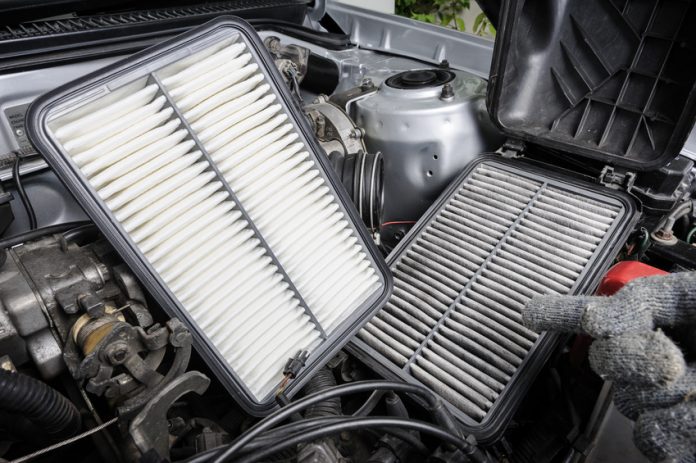

 (13 votes, average: 4.38 out of 5)
(13 votes, average: 4.38 out of 5)







